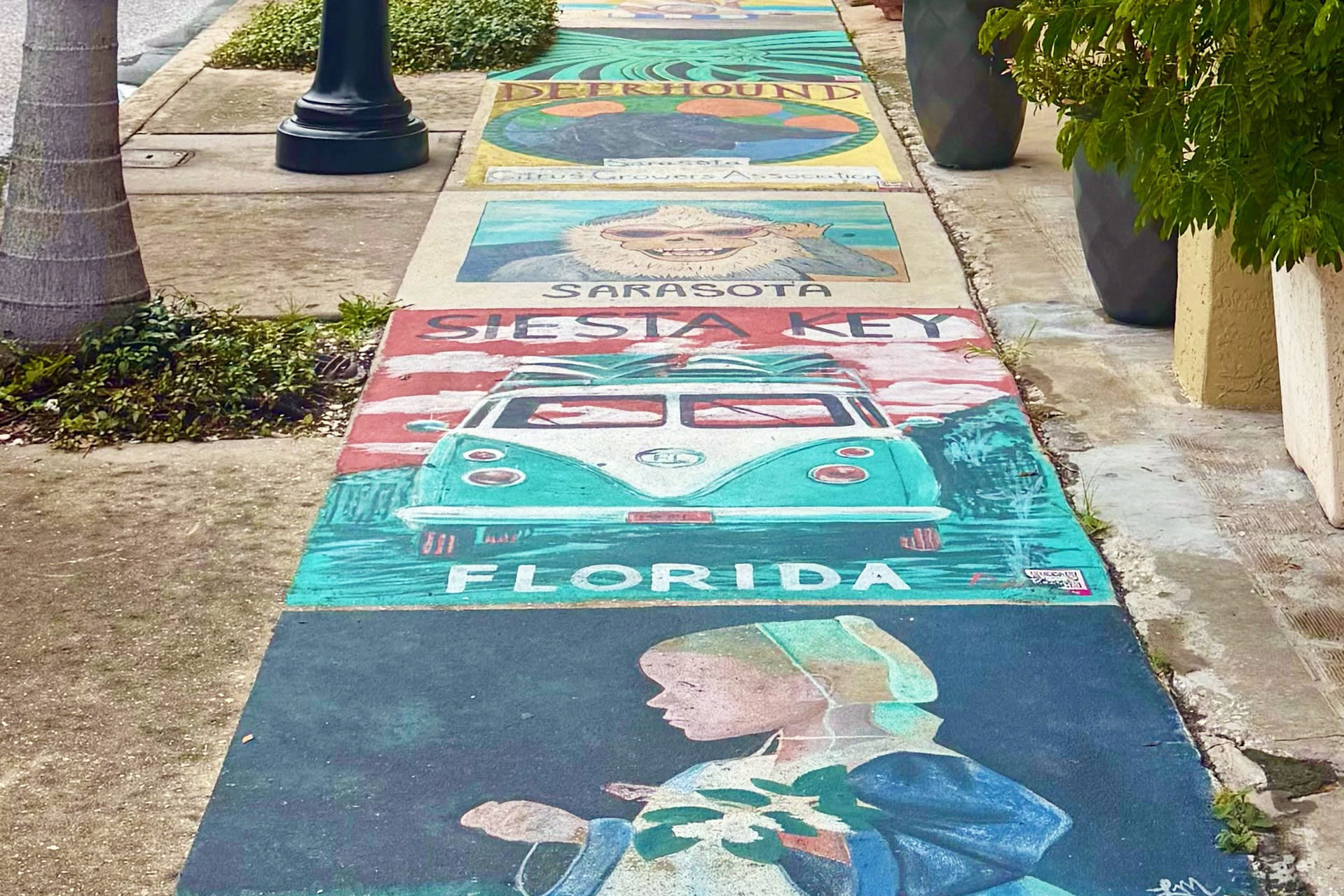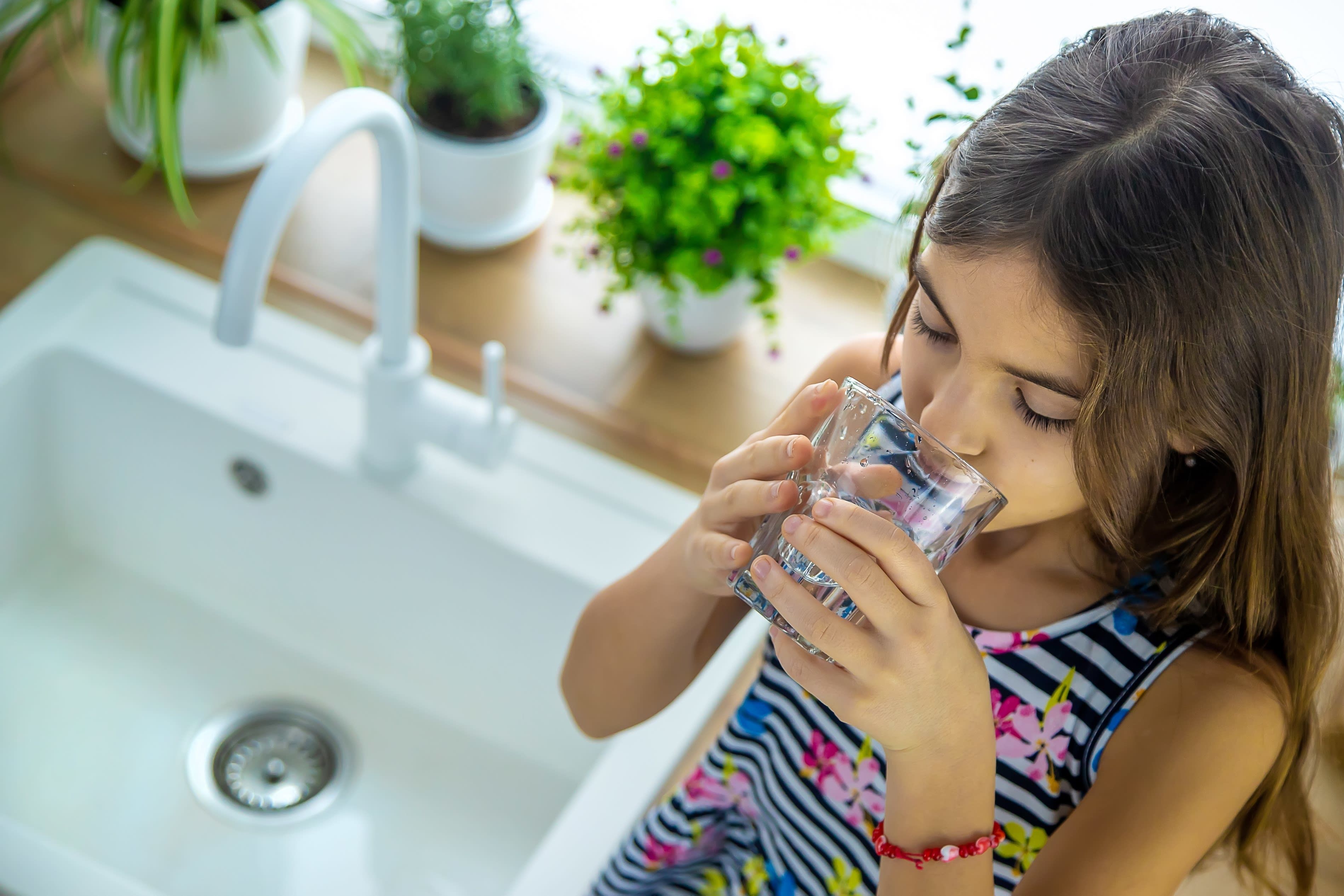Sarasota's Supervisor of Elections Explains Why Voting by Mail Remains 'Safe and Secure'

Image: Shutterstock
According to Sarasota County Supervisor of Elections Ron Turner, before the onset of the COVID-19 pandemic, his office was preparing to send out and process approximately 100,000 vote-by-mail ballots during the general election this November. That total alone would account for nearly one-third of all registered voters in Sarasota County.
Now, because of the pandemic, Turner is anticipating that the number of Sarasota County voters voting by mail will likely surge even higher.
That's due to a couple factors. Voters may feel wary of going to vote in person because they're afraid of getting sick. Also, Turner says a potential shortage of poll workers may force his office to reduce the number of polling locations available.
According to Turner, during the March presidential primary, about 30 percent of Sarasota County poll workers chose not to work because of the pandemic. Because of that shortfall, Turner's office had to consolidate roughly 20 percent of its voting sites. Turner says poll workers in Sarasota County skew older and are more likely to be vulnerable to COVID-19. He fears that it may be difficult to staff polling locations later this year, even if the pandemic becomes less dangerous.
Because of COVID-19, states like Michigan, New Hampshire and California have taken steps to make it easier to vote by mail, and Democrats in Congress have proposed expanding access to voting by mail nationwide. President Trump, meanwhile, has called "mail-in voting" "horrible" and "corrupt," while defending voting by mail himself because he lives outside of Florida, where he is registered to vote.
Here in Florida, no rules for voting by mail have yet been changed because of the pandemic. In a recent interview with Sarasota Magazine, Turner walks us through the rules of voting by mail and why it remains a "safe and secure way to vote." The interview has been edited and condensed for clarity.

Sarasota County Supervisor of Elections Ron Turner
Image: Courtesy Photo
In Florida, is there any difference between someone requesting a vote-by-mail ballot because they'll be out of town on election day and someone who wants to vote by mail from home simply because it’s more convenient?
For a number of years in Florida, we've had three ways to vote. Voters can choose to vote by mail, they can vote early or they can vote on election day. Vote-by-mail in Florida is simply another term for absentee voting. That's one of the things I see getting mixed up in the conversation, that vote-by-mail and absentee are two different things. Wrong. In Florida, vote-by-mail is absentee voting.
When I started in the elections business, we called it "absentee" because, at the time, you had to be absent from your precinct, your polling location. You had to have an excuse. Florida went away from that and created no-excuse absentee voting in the early to mid-2000s, so this isn't a new concept. [Editor's note: In 2001, the Florida Legislature eliminated rules that allowed for voting by mail only in certain circumstances.]
The Florida Legislature and the Florida governor changed the name about five years ago because it really didn't apply anymore; you didn't need to be absent to vote by mail. [Editor's note: In 2016, the Florida Legislature unanimously replaced the term "absentee" with "vote-by-mail" in state law.] Vote-by-mail is just a newer terminology for what was called "absentee" ballots in Florida.
So if I request a vote-by-mail ballot, I don't have to say, "I'm not going to be in town"?
You don't have to give us any reason.
You can request a vote-by-mail ballot for one election, or you can request a vote-by-mail ballot through two general election cycles. So, if you wanted to request now for all elections that you're eligible to vote in, you can do that and that request would go through the end of 2022. We would mail a ballot to you for any election that you're eligible to vote in. That's what most of the vote-by-mail requests are for—the two general election cycles. Voters who want to re-up that request would have to do that at the end of that time, and we would contact voters and give them the opportunity to do that. We've done that for years and years and years. Again, it's not new.
How do you actually request a vote-by-mail ballot?
You can go to our website, sarasotavotes.com, and make a request online. You can also call us to make a request.
We need the voter's name and either their voter identification number or date of birth to confirm who's making the request. We're only allowed to mail that ballot to the address on record, where the person initially registered to vote.
If, say, for some reason, someone is going to be in Ohio for part of the year during an election and they want the ballot mailed to an address other than what is in their voter record, they have to provide that request to us in writing. That's not something we can take over the phone.
These ballots are not forward-able; the post office does not forward them. If a ballot goes to your address and you're not there, or your mail is forwarded to another state, it will be returned to us. That's a security measure—to make sure we only get the ballot to a voter at the address that's on file with our office.
What happens to the ballot if it is sent back to you unopened?
We'll do our best at that point to contact the voter to see what the issue is and try to rectify it. We work with our voters to try to help them through the process. Those kinds of discussions happen also with them when they make their request. We do our best with that.
Of course, in a general election, when you're talking about 100,000 ballots, that may become a little more difficult because of the volume we're dealing with.
When does the ballot have to be returned to your office by to be counted?
It has to be back to the Supervisor of Elections office by 7 p.m. on election day, which is when the polls close.
Voters can mail their ballots to return them to us, or use our secure drop-boxes. Those boxes are located in the Supervisor of Elections offices in Sarasota, Venice and North Port, and at all early voting sites during early voting.
When a ballot is returned to your office, what happens to it?
The first thing we do is check the signature. We're matching the signature on the outside return envelope. The voter is signing an oath at that point, and we look at the signature on that oath and compare it to what is in their voter file to make a match to ensure that it is, in fact, the voter who is casting that ballot.
When people register to vote in Florida, they provide a driver's license number or the last four digits of their Social Security number. The state of Florida compares that information to several databases to make sure the person is who they say they are. The state has identified them as being eligible to vote in the state of Florida when they register to vote, so they've already been through a process to verify their identity on the front end.
What do you do if a signature doesn't match?
If a signature doesn't match, we reach out to the voter, hopefully before the election.
We send them a letter. We email the voter. We call them and we text them, if we can. We try four ways to reach the voter and provide an affidavit to them. They can sign an affidavit and we can compare that signature. They would also need to provide identification.
There is a two-day window after the election to potentially cure a signature mismatch or an unsigned ballot. So we have until the Thursday after an election, at 5 p.m., to deal with those ballots.
Is there training that your office goes through to spot discrepancies in signatures?
We do different things. The first is an automated signature process, kind of like the software the banking industry uses. And then we do have individuals checking signatures.
The final word on any vote-by-mail signature goes to the Sarasota County Canvassing Board. My staff and I can accept ballots, but we can't totally reject any. We can provisionally reject some, saying, "We don't think these are going to match," and start the reach-out process to the voter, but the ballots have to go to the county canvassing board.
The county canvassing board is made up of a county judge, a county commissioner or an alternate for the county commission, and the supervisor of elections. This three-person board meets during each election, and there are different steps and processes that it has to undertake. We've also all taken state-mandated training that the state of Florida provided to us.
The board meets in public and looks at any of the ballots that may have issues. In a presidential election, the board will literally look at thousands of ballots for a variety of reasons. There are different steps along the way to get to the point of either accepting a ballot that my staff might think is a mismatch or rejecting it. Again, only the county canvassing board can reject the ballot. We do it in a public meeting and we have observers that come in, typically from the political parties, sometimes from the campaigns. They watch what we do and sit during all of our meetings to observe what we're doing.
So no ballot can be rejected by your office alone?
No.
What is the typical percentage of vote-by-mail ballots that are rejected in Sarasota County?
I believe it was less than a quarter of 1 percent in the recent presidential preference primary.
How do you store the ballots?
All of them are kept in locked, alarmed rooms and vaults with cameras. Staff members can't be alone with them.
There are a lot of steps and security procedures along the way that we use during elections to make sure that the ballots are safe, secure and accurate.
What if someone requests a ballot, but then decides he or she wants to vote in person?
You can make the request, but if you change your mind or you think the conditions are more safe to vote in person in August or November, you have that option. You can go vote in person.
Again, we track that. If someone requests a vote-by-mail ballot and then goes and votes in person, we ask the individual to take the vote-by-mail ballot with them and surrender it. If they do not, we note that in their record. So, say someone went home after voting and tried to mail us back a ballot—the system wouldn't allow us to accept it. Everything is electronic. Our polling sites and our vote-by-mail database are interconnected and talk electronically.
Do you begin counting ballots as they come in, or do you wait until election day?
Florida law allows supervisors of elections or county canvassing boards to begin the canvassing process of those ballots 22 days before an election. We don't wait until election day in Florida. Some states do that. We do not. We begin the process after we have checked signatures and other requirements.
When we open the envelope, we have bipartisan teams of individuals who are doing it in public. Inside that vote-by-mail envelope, there is a secrecy sleeve that a voter is asked to place their ballot into. So these teams of individuals actually separate the secrecy sleeves from the envelopes first, then stack the secrecy sleeves up that have the ballots inside of them. They mix that stack of secrecy sleeves up, almost like cutting a deck of cards, and then start to pull out the ballots. We don't want to be able to identify which ballot came out of an envelope.
Have there been any changes to vote-by-mail rules in Florida since the pandemic?
No. There's nothing. Nothing has changed, at this point.
Since you were elected in 2016, have you found any evidence of intentional voter fraud through vote-by-mail?
Not since I've been elected supervisor of elections, no.
Is there any reason to think vote-by-mail is less reliable or more vulnerable to fraud than voting early in person or voting on election day?
No. Vote-by-mail is a safe and secure way to vote. We give options in Florida. I think they're good options. I've always told voters, even before the virus: Whatever they are the most comfortable with, whichever of the three methods, make the choice that's good for them.



